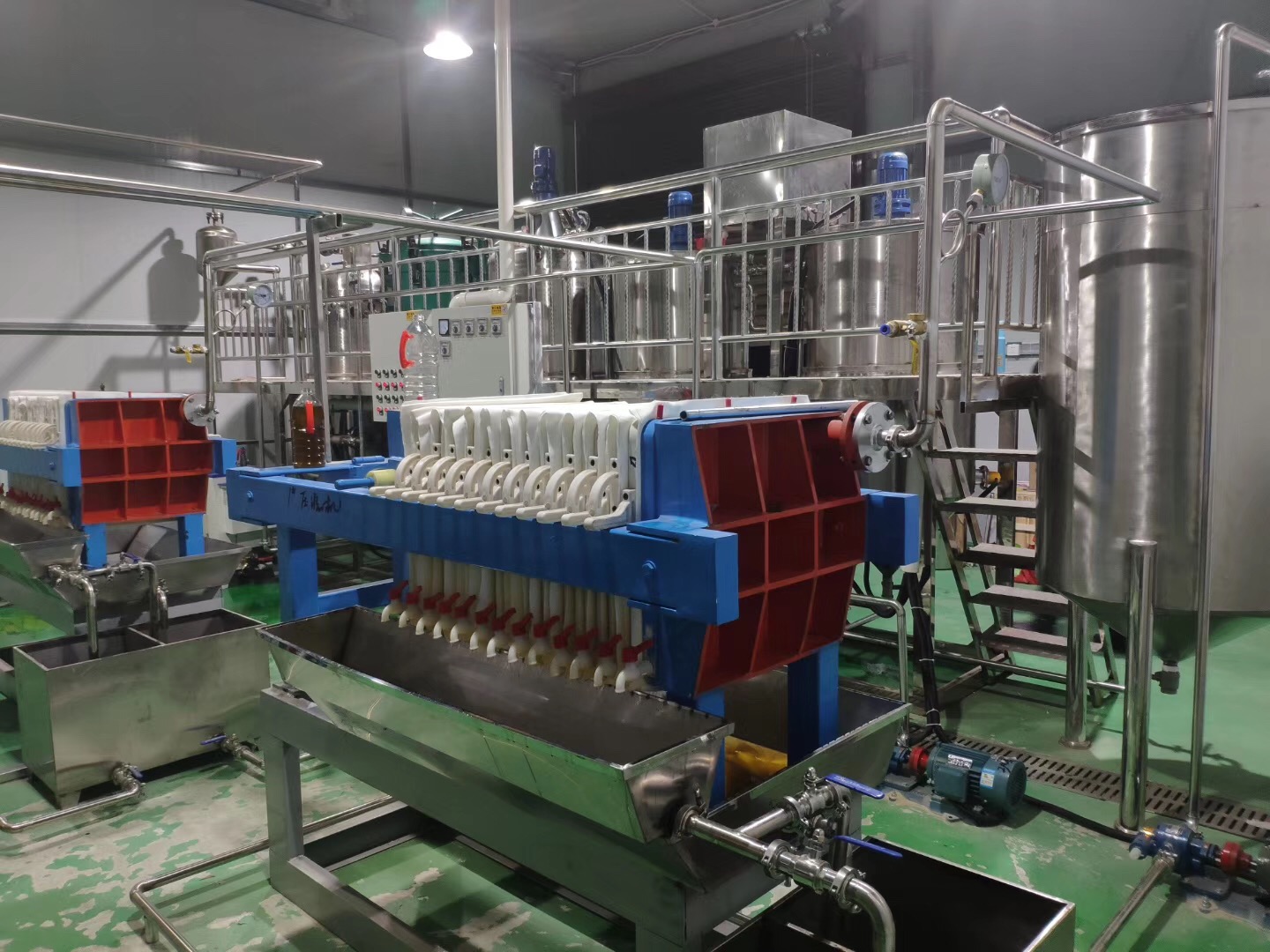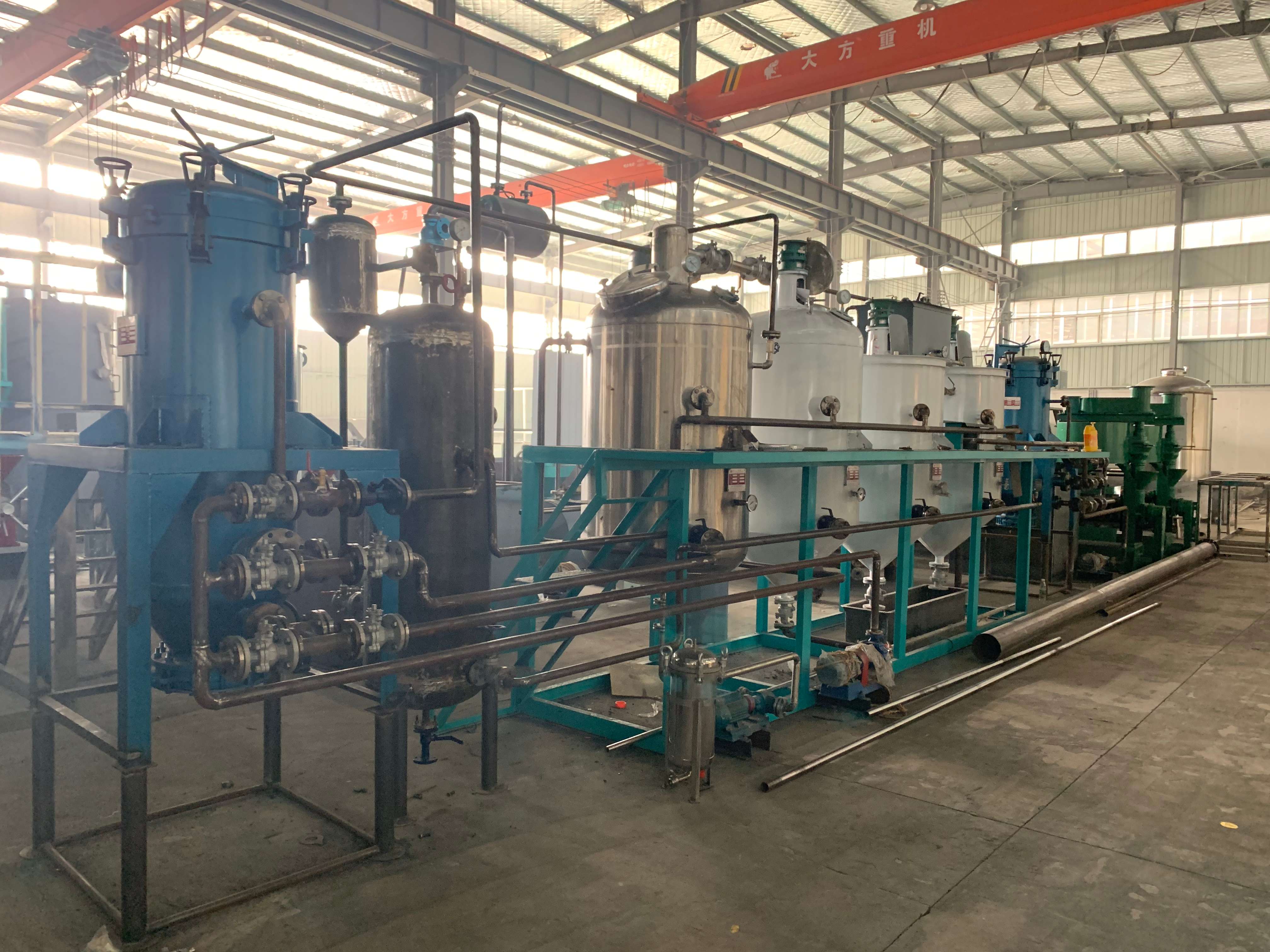The edible oil obtained by pressing or leaching is called crude oil. Edible oil refining usually involves refining crude oil. The presence of impurities in crude oil not only affects the use value and storage of edible oil, but also brings difficulties to deep processing. But refining does not remove all impurities in edible oil, but removes harmful impurities such as gossypol, protein, phospholipids, mucus, moisture, etc., and beneficial impurities. , Such as tocopherols, sterols, etc. must be retained. Therefore, according to different requirements and uses, the purpose of edible oil refining is to remove unwanted and harmful impurities from the edible oil to obtain refined oil that meets the edible standards.

Edible oil refining generally includes several stages of degumming, deacidification, decolorization, deodorization, dewaxing and sub-extraction. The specific refining process should be designed according to the characteristics of crude oil. Let's first understand the main process of edible oil refining.
1. Degumming: For oils with high gum content, such as soybean oil, we use the hydration degumming method. For palm oil and other edible oils with low gum content, the effect of dry degumming is better.
2. Deacidification: We have two methods for deacidification. One is the chemical method, that is, adding alkali to the edible oil, performing a neutralization reaction to remove the acid, and obtaining soap raw materials. The other is physical deacidification, which uses heat to generate steam to remove acid.
3. Decolorization: Use white clay to absorb the pigment and other impurities in the edible oil, so that the color of the oil is lightened and the value of the oil is improved. Decolorization can also take away some other impurities.
4. Deodorization: Use water vapor to eliminate peculiar smell. After deodorization, we filter the edible oil again, and then pump the refined oil to another deep processing workshop or oil storage tank.
5. Dewaxing: further remove the wax in sunflower oil, corn oil or rice bran oil to change the quality and taste of the oil.
6. Sub-extraction: Sub-extraction is generally applicable to the production of palm oil. At the required temperature, palm oil is divided into soft fat, stearin and intermediates by controlling the crystallization point. The melting point of hard fat is 50°C and that of soft fat is 24°C. Stearin is suitable for margarine and cheese. Soft fat is suitable for frying oil. The melting point of the intermediate is very limited, very close to the temperature of the human body, and can be used as a substitute for cocoa butter.
This is the basic process of edible oil refining. After refining, we can get edible oil that meets national standards.

Henan Zhongxing Grain and Oil Machinery Co., Ltd. generally provides three kinds of refining equipment: batch refining equipment, semi-continuous refining equipment and full continuous refining equipment. Intermittent refining equipment is economical and cost-effective, suitable for small output refineries, such as 1-30 tons/day. If your output is more than 30 tons/day, semi-continuous refining equipment and full continuous refining equipment are more suitable for your needs, which can improve the quality of refined oil and reduce oil loss.
You can tell us your output and needs, our engineers can design a suitable edible oil refining process for you, and provide you with excellent edible oil equipment. You are welcome to come to consult.
Copyright © Henan Zhongxing Grain And Oil Machinery Co.,Ltd. All Rights Reserved. Powered by MetInfo